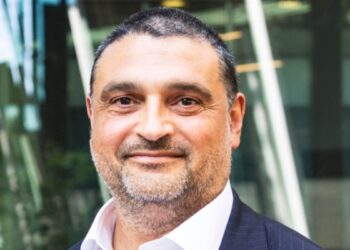This year’s federal budget brought significant changes for super contributions with the removal of the work test and the extension of the bring forward age to 74.
Speaking at the recent SMSF Association Techinical Summit 2021, Heffron managing director Meg Heffron said that if the new, proposed changes were implemented, this could potentially re-transform the approach to contribution planning, especially around bring-forward arrangements for SMSFs.
“At the moment, we use the bring-forward contributions strategy a lot because we’ve got a bit of a deadline,” Ms Heffron said.
“If we’ve got another eight years all the way up to 75, will we feel differently and will we find people using bring forwards less and just instead go for contributing $110,000 every year?
“We exercise a lot of energy utilising the bring-forward opportunity, and I think we’ve got some good reasons to use this, but now there are some reasons that are probably going to disappear with this change.”
The changing dynamic of the bring-forward strategy
For many SMSFs, the bring forward provided the attraction of getting large amounts of super with the ability to put up to $330,000 in right now rather than a gradual $110,000 non-concessional contribution (NCC) year-on-year, according to Ms Heffron.
The idea is to get money invested in super sooner rather than later and to not miss out on the upside of having it as soon as possible in super.
Other reasons to utilise the strategy also include countering the rising balance problem before the total super balance is above $1.7 million, along with the great advantage of using the last year to bring forward two years of contributions that normally wouldn’t be able to be done especially for those not able to meet the work test.
With SMSFs constantly facing these various scenarios, Ms Heffron noted the use of bring forwards had always placed importance on working towards a deadline.
“If the work test is removed and bring forwards last all the way up to 75, I can imagine a day when we’re just not so hung up on whether or not somebody’s eligible for a bring forward,” she said.
As a result of these new changes, one of the major drivers for bring forwards may be the resurgence of using recontribution strategies, according to Ms Heffron.
In the past, she noted the use of recontribution was effective especially for the convenience of big transactions, such as making it easier to contribute $330,000 and convert one to pension, or contributing a major asset in-specie or contributing cash to buy a major asset in super; however, this greatly depended on circumstances.
“It’s interesting when you think of recontribution strategies in this new paradigm,” Ms Heffron said.
“If the budget announcements are legislated as it sounds like the government’s intention, preservation age is still 65 but you can have non-concessional contributions and bring forwards all the way up to 74 or probably just before you turn 75.
“That means everybody in the country has got a 10-year window to carry out their recontribution process. That’s actually an enormous amount of time, and when you think about the window at the moment, it’s really skinny. It makes you wonder whether we will see this recontribution strategy really come back to life.”
Furthermore, once people get to the point where they’re finished putting in all the money they want into super, Ms Heffron noted they may just be looking to use that last 10 years to churn it through the fund and change their tax components.
She said: “Bear in mind, we usually think of this as being ruled out for people with very large balances, but don’t forget though the fact that we only care how big someone’s balance is on the 30th of June — means even people with close to $1.7 million TSB or even more can still achieve a recontribution just by staggering their contributions over financial year-end.
“So, even people who look like they’re ruled out actually might be in a perfect position to carry out a recontribution, and I wonder if this sort of 10-year window opens that up as an option for a lot more people.”



Good stuff from Meg, as usual!